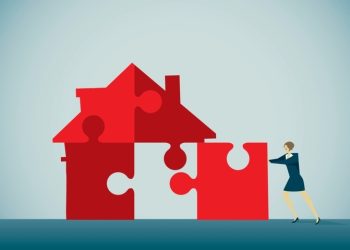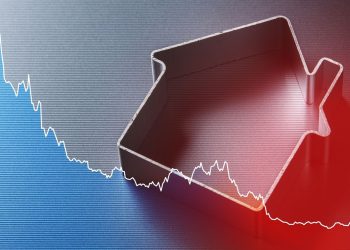In the second quarter of 2019, the homeownership rate slid, falling to 64.1 percent, a decrease from 64.2 percent the prior quarter and 64.3 percent the prior year, according to Census findings.
The cause of the downgrade? Experts point to the shortage in supply, which, despite earlier signs of yielding, is expected to further tighten. For homebuyers, historically low mortgage rates represent a reprieve, but with home sales sluggish, they have yet to drive homeownership past the 64-percent range, as more opt to rent. In the second quarter, homeowner vacancies sank to 1.3 percent, while rental vacancies shrunk to 6.8 percent. In the first quarter, they were 1.4 percent and 7 percent, respectively.
According to Ralph McLaughlin, deputy chief economist and Executive of Research and Insights at CoreLogic, the dual gains signal stability.
“The growth in the homeownership rate has flattened because renters are growing at similar rates as owners,” explains McLaughlin. “This dual-sided growth in household formation is a surely welcomed trend by industry players in both the owner- and renter-occupied segments of the U.S. housing market. It’s a core sign of a healthy market, and one that doesn’t show any signs of relenting in the near future.”
According to the Census data, the highest homeownership rates were in the Midwest and South, and among households 65 and older. The black and Hispanic homeownership rates slipped, with black homeownership at its lowest on record, at 40.6 percent.
Suzanne De Vita is RISMedia’s online news editor. Email her your real estate news ideas at sdevita@rismedia.com.










